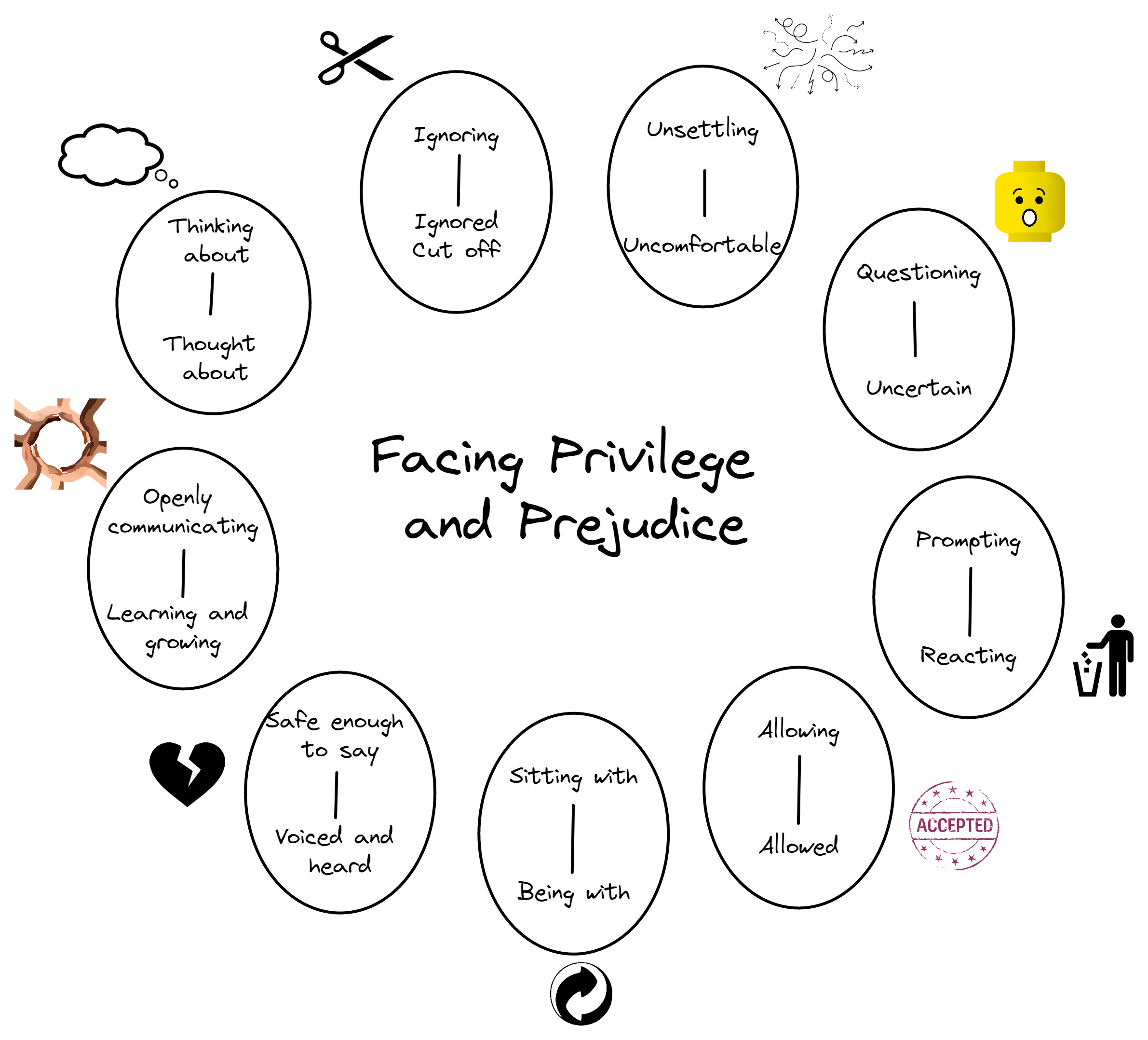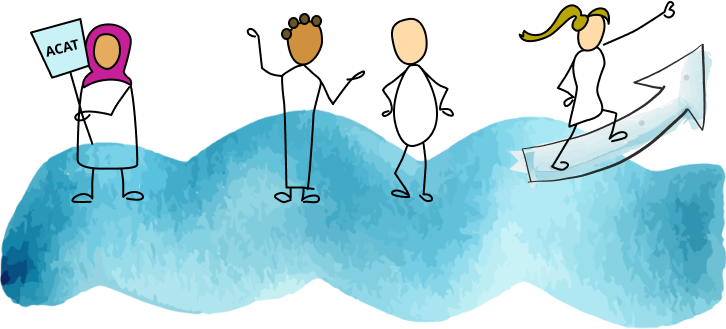
From the outset, Cognitive Analytic Therapy as a model has taken into account the social context of people in their own social worlds. This means that in making sense of difficulties a person, a family, a team or a service describes, a Cognitive Analytic Therapist will be listening out for the messages that have been absorbed over time and how these influence difficulties now.
In relation to diversity and inclusion, these considerations are central to ways in which people or groups may become excluded, mariginalised or devalued. Conversations about these issues are ongoing within ACAT and its membership. Many of its publications and Special Interest Groups (SIGs) are based around client groups or issues where members are working towards specific needs being understood or recognised in the wider world.
You can also link through to specific articles on CAT thinking in relation to inclusion and diversity in the boxes below.


"We acknowledge that racism exists in our society and our model was developed from within a Western Eurocentric culture....."

Read here about ACAT's initiatives around equality, diversity and inclusion